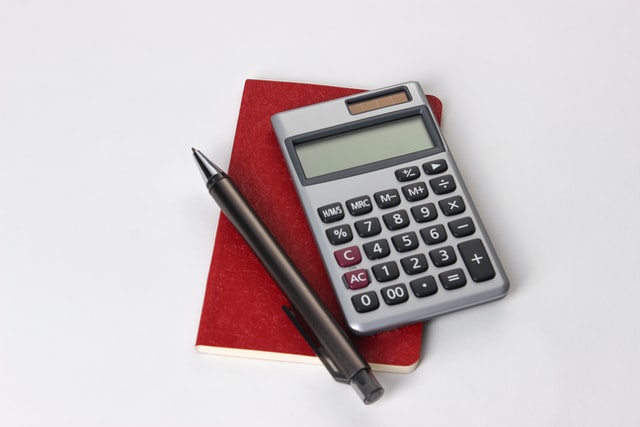IR35 And Entrepreneurs’ Relief

From April 2021, reforms to IR35 – otherwise known as off-payroll working – now also apply to the private sector. It’s a move that could make claiming Entrepreneurs’ Relief the next step for many businesses.
Medium and large-sized private sector businesses are now responsible for determining the IR35 status of their contractors. Workers who fall inside of IR35 must have Income Tax and National Insurance Contributions (NICs) deducted at source.
With this reform now affecting the private sector, many contractors are considering the possibility of liquidating or selling their companies. The new legislative burden makes it expensive and complex to hire contractors, reducing the profitability of these businesses.
If IR35 reform has impacted the viability of your business to this extent, one option you can consider is claiming Business Asset Disposal Relief – previously known as Entrepreneurs’ Relief.
What is Entrepreneurs’ Relief?
Entrepreneurs’ Relief (called Business Asset Disposal Relief since 6th April 2020) is a reduction on Capital Gains Tax for the disposal of qualifying business assets, applied when selling or liquidating all or part of a company.
Starting from the 11th of March 2020, there is a £1 million lifetime limit on the amount of relief you can claim. Within this limit, however, you can claim as many times as you would like.
In essence, it allows you to apply a reduced rate of 10% capital gains tax (instead of the usual 20% for higher rate taxpayers) on the profits you make when you sell qualifying assets. This makes it one of the most attractive tax benefits available.
Can you claim Entrepreneurs’ Relief?
You may claim Entrepreneurs’ Relief on a material disposal of business assets which consist of:
• All or part of an unincorporated business, if both of the following apply for a minimum of 2 years up to the date you sell your business:
- you are a sole trader or a business partner
- you have owned the business for at least two years
• Shares or securities in the shareholder’s personal company, if both of the following apply for a minimum of 2 years up to the date you sell your shares:
- You are an employee or office holder in the company
- You are holding the above share capital for the whole of the qualifying period
- The company’s main activities are in trading, or it is the holding company of a trading group
Other disposals may qualify for Entrepreneurs’ Relief. These include disposals of assets owned by the individual but used in their personal company or a partnership of which they were a member (e.g. a warehouse). There are also different rules for shares which are from an Enterprise Management Incentive (EMI).
More information on the eligibility criteria for Entrepreneurs’ Relief can be found on the government website for Business Asset Disposal Relief.
Other insolvency solutions post-IR35 reform
If you are considering liquidation of your company as a method of complying with the new IR35, you may also want to take into consideration the MVL (Member’s Voluntary Liquidation).
This is a formal process for closing down a solvent company in a cost-effective way. To be solvent, the business must be able to settle its liabilities in full within 12 months. It is used to obtain the benefit of much lower tax rates on the capital you extract from your company.
According to HMRC, there are 5 steps necessary to obtain an MVL:
1. Create and sign the Declaration of Solvency (a statement saying that the directors have assessed the company and believe it can pay its debts, with interest at the official rate)
2. Call a general meeting with shareholders no more than 5 weeks later, and pass a resolution for voluntary winding up
3. Appoint an authorised insolvency practitioner as a liquidator, who will take charge of winding up the company
4. Advertise the resolution in The Gazette (The Gazette publishes online profiles of every UK business registered with Companies House) within 14 days
5. Send your signed declaration to Companies House within 15 days of passing the resolution
This may sound like a complex process. However, the tax benefits of an MVL – or obtaining Entrepreneurs’ Relief – are well worth this hassle. This is especially true in the face of new IR35 changes.
If you need help through this process from a trustworthy expert in insolvency, contact our friends at Hudson Weir. Their team of insolvency professionals are on hand to guide you through the right insolvency solution for you.



